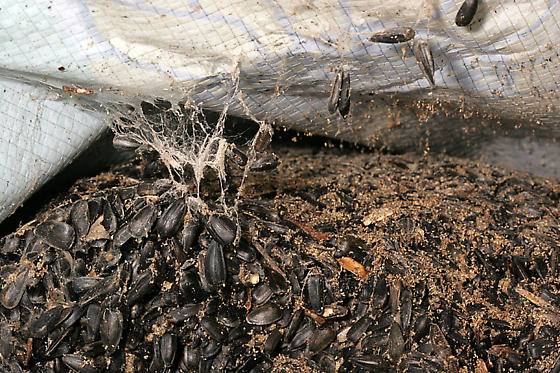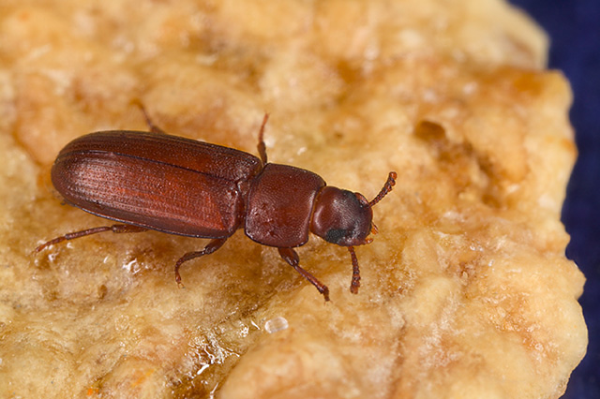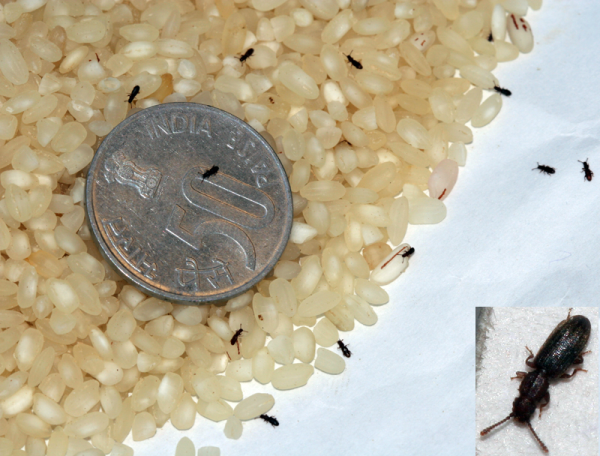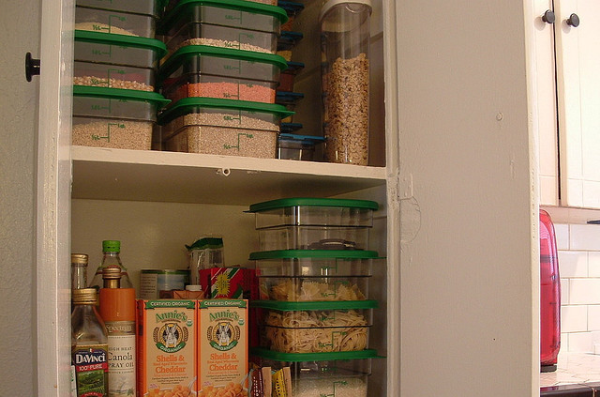How to Get Rid of Pantry Pests & Pest-Proof Your Pantry!
Updated: December 20, 2021
Franklin Pest Solutions, Michigan City offers advice for keeping pantries (and food) bug-free.
Looking for 6 tips on how to get rid of pantry pests?!
Not all pests scurry around in search of food before hurrying back to their nests. In fact, some pests such as Indian meal moths and merchant grain beetles can settle right into food supplies, commonly infesting grains and sweets.
“There is nothing worse than preparing to bake some yummy cookies or cake and finding that pests have contaminated your ingredients,” says Dave Sloop, Branch Manager at Franklin Pest Solutions, Michigan City. “Taking a weekend to organize your pantry, sifting through ingredients, and pest-proofing against future invaders will go a long way in protecting your food and will help keep your family healthy.”
Common Pantry Pests
Indian Meal Moth
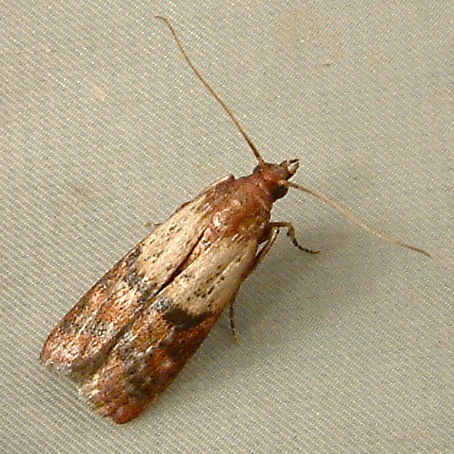
Indian meal moths like to feed on dried fruits, grains, seeds, nuts, chocolate, candies, bird seed, dog food, powdered milk, dried red peppers and candy. They’re about 5/8-3/4 inches in length and you’ll see them bouncing around the ceiling near lights like other moths love to do. They create web-like material in wall corners near the ceiling and this webbing can also appear inside food packaging they’ve infested (photo above on right). Like all pantry pests, they can contaminate food products, so it’s not safe to eat any food that has signs of Indian Meal Moth presence in it.
Flour Beetles
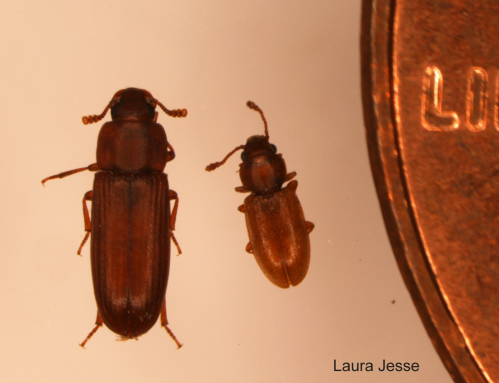
Flour beetles are about 1/8-1/4″ long and at first glance (especially if you’ve never seen these things before) may appear to be a weird ant. They infest things like grain dust, and other household food items such as flour, rice, dried fruit, spices and seasonings, nuts, and beans. They’re found not only in the actual food products, but you’ll also see them in cracks and crevices in your pantry, crawling around your cupboards or shelves.
The damage these bugs will do to your food is not just from them feeding on the food items, but it’s also by their dead bodies, fecal pellets, and foul-smelling secretions left behind in the products. So, basically, if you know you have these things, it’s safer to discard any opened product rather than risk consuming the toxins emitted from these insects. Just because the bugs are currently not in the box of cereal doesn’t mean they didn’t have a field day in there yesterday and are now just chillin’ on your pantry shelf. If you can prove the bug didn’t get inside the oatmeal in your Tupperware, then you may not have to pitch that item. If it’s questionable, toss it.
Weevils
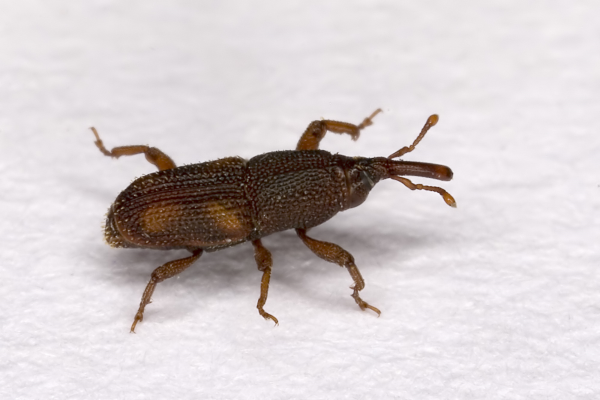
The weevil is probably one of the most hardy stored product pests. They can survive up to two years with that thick waxy skin of theirs. Measuring at a puny 2mm, these things multiply rapidly. The female actually drills a hole in a grain piece, inserts a single egg, then seals up the hole with secretions from her body. GROSS. Once the egg hatches, it goes to town on that grain and eats it way out into the world. There are a few variations of weevils: rice, wheat, grainary, maize. Once the weevils infest wheat, oats, rye, barley, rice and corn, it renders the product inedible due to toxin emissions and obviously, the whole planting eggs inside the grain pieces thing.
After learning about that process, would YOU still eat rice that had these bugs in it?! I hope not…
6 Tips on How to Get Rid of Pantry Pests
Pantry pests can easily contaminate stored food and can also be brought into the home undetected in already infested purchases. If you find pantry pests in your food items, go through every food item in your pantry, cupboards and cabinets. Cake mixes, spices, cereal, oats, flour, sugar, etc. Discard anything opened or not sealed air-tightly. Use bleach water or any household cleaning solution to thoroughly wipe down all sides of all shelves and walls to be sure you kill off any eggs or larva that could be hiding. Then, before putting everything back, follow the steps below to prevent a recurrence.
The National Pest Management Association (NPMA) recommends some proactive practices to keep your pantry pest-free:
- Check expiration dates on baking ingredients before use. Discard if past those dates.
- Immediately wipe up any crumbs or spills from countertops, tables, floors and shelves. Vaccuum underneath the stove every 6 months to remove debris that may have fallen between the counter and cabinets.
- Store food in airtight containers. It’s recommended to buy plastic or metal containers in a variety of sizes to accommodate the foods you keep. Ziplocs are your friend. So is Tupperware.
- Only purchase food in sealed packages that show no sign of damage. Make it a habit while grocery shopping to carefully inspect boxes of cereal, grains, nuts, flour and sugar, etc. for signs of damage prior to placing it in the cart.
- Dried food products should be inspected regularly, especially before use, for any signs of infestation.
- Add bay leaves to canisters and packages of dry goods like flour, rice and other grains — their pungent scent repels many pantry pests. One bay leaf in each container should do the trick.
Want full pest protection for your home? Check out our Healthy Home Maintenance Program for more information on year-round prevention pest solutions!
For more information on stored product pests and how to protect your food, visit www.franklinpestsolutions.com.


